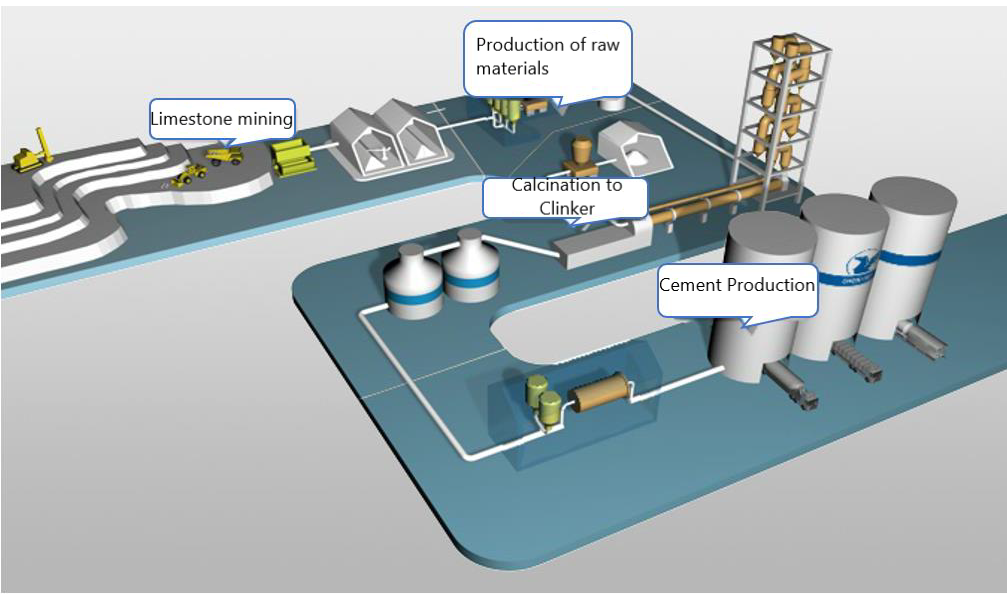Cement - Steel
1. Overview
The cement production process consumes between 3.3 GJ to 4 GJ of energy per ton of cement produced. Energy costs account for 25% of total production costs while 75% of primary energy use is thermal.

Experts suggest that to produce 1 ton of clinker, it needs to consume 58 - 60KWh of electricity. From clinker to crush 1 ton of cement consumes about 40KWh. If modern crushing technology is used, 1 ton of cement consumes about 33 - 34KWh. Thus, if produced and run at 100% capacity, the cement industry will consume about 100 million KWh.
In the context that the price of electricity and fuels such as coal and oil is constantly increasing, saving energy and using excess heat to generate electricity are being concerned and deployed by cement companies.
2. Application of boiler in cement industry

The cement manufacturing process is energy intensive with an energy consumption of around 3.3 GJ to 4 GJ for each ton of cement produced. In addition, energy costs account for 25% of total production costs while 75% of primary energy use is thermal. However, the process is characterized by significant heat loss mainly due to the exhaust gases and air currents used to cool the clinker.

The heat recovery system can increase the efficiency of the cement plant as well as reduce CO emissions to the environment and reduce the temperature of the exhaust gas.

